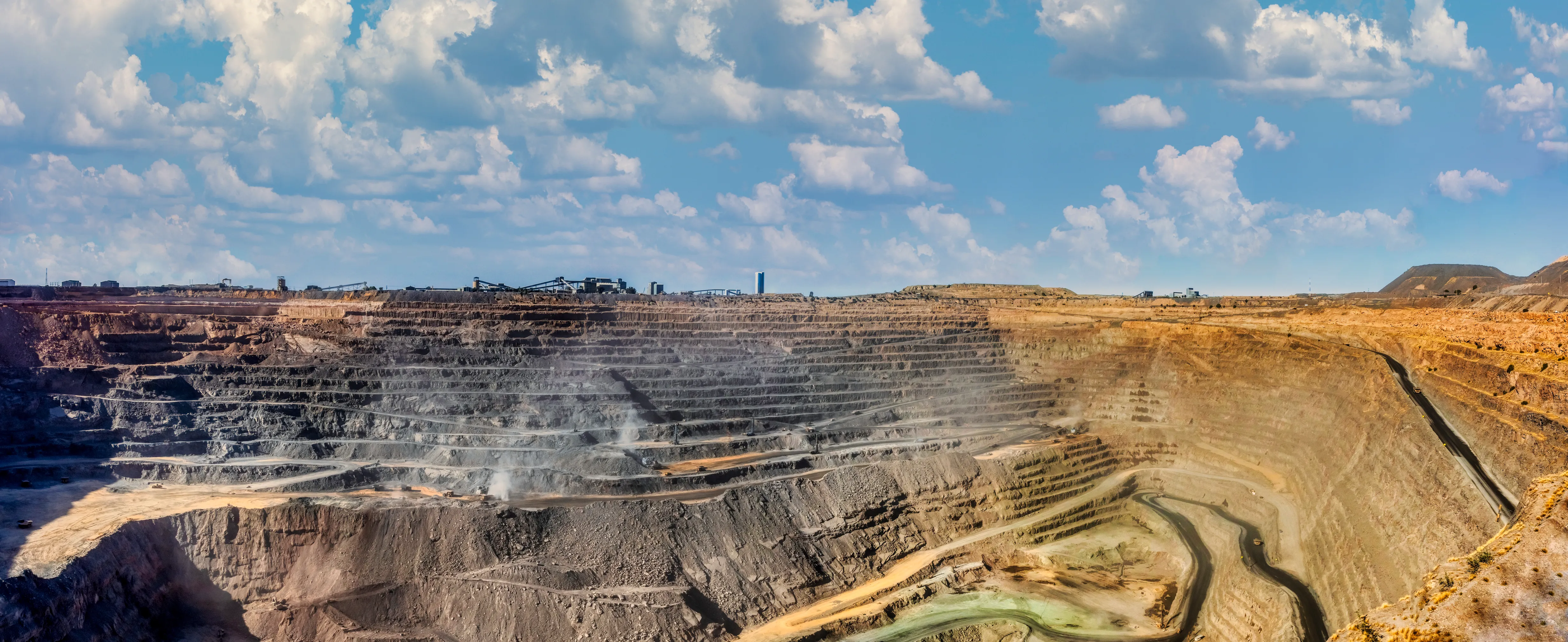Case Study
4 min read

At a leading global mining company, a $1.5 billion underground project was in jeopardy of losing funding from its parent multinational corporation. Work was behind schedule, costs were over budget, and safety concerns were serious. The project’s top leaders had suddenly been replaced, and there was unresolved resentment about those decisions throughout the organization. Moreover, internal tensions were accompanied by uncertainty in the global mining marketplace. Headquarters issued a directive—turn it around in three months or lose the allocated budget altogether.
Along with the challenges at hand, there was also tremendous potential for the business if they could keep working the mine. A key priority would be articulating a future compelling enough to win over the “hearts and minds” of leaders and teams on the front line. This was essential to the immediate 90-day objective of demonstrating the project’s viability. Otherwise, decision-makers at headquarters would take the more conventional route of decommissioning the mine.
The company engaged JMW to support the project’s senior leadership team. Their work together began with interviews of all leaders and key players on the project. Then JMW led a two-day leadership alignment workshop designed around the interview findings. The workshop was the initial step in an intervention to help the team agree on learnings from the past and then shift focus to a collective vision of their future success. With intensive consulting and coaching, the team emerged with the highly ambitious work plan required to deliver the mine.
Next, JMW weighed in with real-time insights as the senior project team implemented their plan, including their critical presentation to headquarters. As they looked at the project through a more aspirational lens and further examined their approach, the project team decided their new plan would employ a specialized kind of block cave mining to significantly improve their progress. Their proposal would have to convincingly introduce the new high-performance principles that would guide the project’s work, including a framework for reversing safety trends.
In an early win, headquarters greenlit the plan. Next, project leaders participated in a customized “Leader as Coach” program focused on safety, cost containment, and on-time delivery. As they cascaded their vision at all levels of the organization, the broader culture began its incremental shift from “command and control” to “leadership at all levels.” Even when the global financial crisis deepened and headquarters again threatened to shelve the project, the team did not let up. In a session designed by JMW, they came up with a “low-cost continuation” proposal to keep the mine open and minimally operational until the market improved. In a second and significant win, headquarters approved the plan.
During their engagement with JMW, the mining project’s senior team delivered three rounds of successes, each serving as a foundation for the next. First, they gained a path forward by demonstrating the mine’s potential for profitability. Then they convinced higher-ups to keep the mine open in a limited capacity while markets recovered from an economic crisis. Finally, by embedding high-performance principles in their practices, leadership not only kept their project alive but swiftly implemented its comeback when markets improved, always communicating their vision not as an idea, but as a promise.
Their progress towards that promise was incremental, and the commitment of all involved was tested. Yet the pain points were mitigated to a certain extent by careful planning. For example, when project leaders made significant layoffs to prepare for downsized operations, they also organized a meeting to recognize the contributions of laid-off workers, help them find new roles inside and outside the company, and encourage them to return when the mine ramped up again. Senior leaders had established a smart, lean way of working and were determined to keep costs down until market troubles receded and they could bring the mine back.
After the engagement, it was a much different mining company. As markets calmed and activity resumed at the mine, leaders and their teams were working confidently with new best practices, safety criteria, and a high-performance mindset.
“We couldn’t have achieved what we did without the interventions, new thinking, and hard conversation we had … this was the best-value consultancy we have ever paid for.”